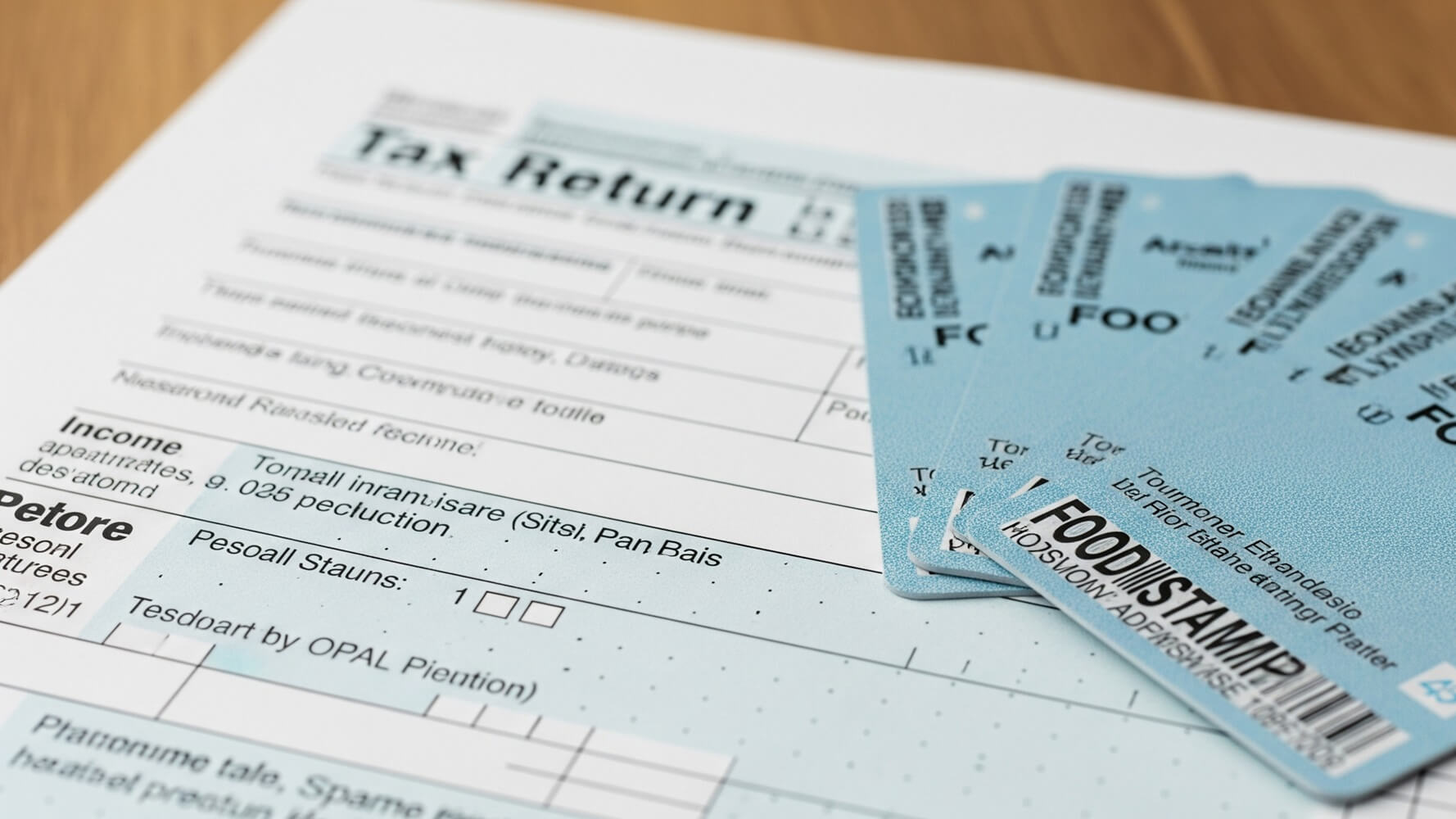Getting a mortgage, which is a loan to buy a house, can be a big step! You need to show the bank that you can pay back the money. One of the things they look at is your income – how much money you make. If you receive food stamps, also known as SNAP (Supplemental Nutrition Assistance Program), you might be wondering: Does Food Stamps Count As Income For Mortgage? This essay will help you understand how food stamps are considered when you apply for a mortgage.
What the Law Says About Counting Food Stamps
So, do food stamps count as income? Yes, in most cases, food stamps can be considered as part of your income when applying for a mortgage. The rules for mortgages are set by different government agencies, like the Federal Housing Administration (FHA) and Fannie Mae. They understand that food stamps help people afford basic necessities, which can make it easier for them to pay their mortgage. However, there are some important details to keep in mind.

How Lenders Verify SNAP Benefits
Lenders don’t just take your word for it! They need to check that you really receive food stamps and for how much. This is part of the process of figuring out how much they can lend you. They usually ask for proof, and that can vary depending on the lender. Here are some of the ways they might confirm your SNAP benefits:
- A copy of your SNAP benefit award letter, which shows the amount and duration of your benefits.
- Bank statements showing the deposits from your SNAP benefits.
- A verification from your local social services agency.
It’s important to be prepared to provide this information to avoid delays. The goal is for the lender to be able to accurately assess your ability to repay the loan.
Guidelines for Calculating Food Stamps as Income
Lenders have specific guidelines on how to count SNAP benefits as income. They don’t just add the total amount of your benefits to your other income and call it a day. They usually look at how reliable and consistent the income is. For example, they might want to see that you’ve been receiving food stamps for a certain amount of time.
Here’s a simple breakdown of how it might work:
- The lender will ask for documentation of your SNAP benefits.
- They will verify how long you’ve been receiving SNAP benefits (usually at least three months).
- They may calculate the average monthly amount you receive.
- This average monthly amount is then added to your other verifiable income.
The lender will then use this total income to determine if you qualify for the mortgage and how much you can borrow. Keep in mind that the specifics can vary based on the lender and the type of loan.
Impact on Debt-to-Income Ratio
One of the most important things lenders look at is your debt-to-income ratio, often called DTI. This ratio compares your monthly debt payments to your gross monthly income. Including food stamps in your income can help improve your DTI, potentially making it easier to get approved for a mortgage. The lower your DTI, the better you look to the lender.
Let’s imagine two people. They both have a mortgage payment of $1,500 and other debts totaling $500. Person A earns $3,000 a month and does not receive food stamps. Person B earns $2,500 a month and also receives $500 in food stamps. The table below shows how their DTIs would be calculated.
| Person A | Person B | |
|---|---|---|
| Gross Monthly Income | $3,000 | $3,000 |
| Monthly Debt Payments | $2,000 | $2,000 |
| Debt-to-Income Ratio | 66.67% | 66.67% |
In this example, both people have the same DTI percentage, but the lender is still able to see how the food stamps affects the overall finances.
Food Stamps and Loan Programs
Different types of mortgage programs have their own rules. Some loan programs, like FHA loans, are often more flexible and can be more open to considering food stamps as income. Other programs, like conventional loans, might have stricter requirements. It’s crucial to understand the specific rules of the loan program you’re interested in.
For example, here are a couple of things that FHA and Conventional loans look at:
- FHA loans are insured by the government and may be more flexible
- Conventional loans are not insured by the government.
- Conventional loans may have stricter guidelines.
Your mortgage lender can help you figure out which loan program is best for you.
Preparing for Your Mortgage Application with SNAP Benefits
If you receive food stamps and plan to apply for a mortgage, it’s a good idea to prepare ahead of time. Gather all the necessary documentation, such as your SNAP award letter and bank statements. You may also want to talk to a mortgage lender early in the process.
Here is a checklist to help prepare:
- Gather your SNAP benefit award letter.
- Collect your bank statements.
- Talk to a mortgage lender.
- Understand your DTI.
By being organized and informed, you’ll be in a better position to successfully apply for a mortgage.
Conclusion
In conclusion, food stamps can indeed be considered as income when applying for a mortgage. Lenders will usually verify your SNAP benefits and include them in your income calculation, which can help with getting approved and determining how much you can borrow. Understanding the specific guidelines of the loan program and preparing the necessary documentation will give you the best chance of getting your mortgage approved and help you on the path to buying your own home.